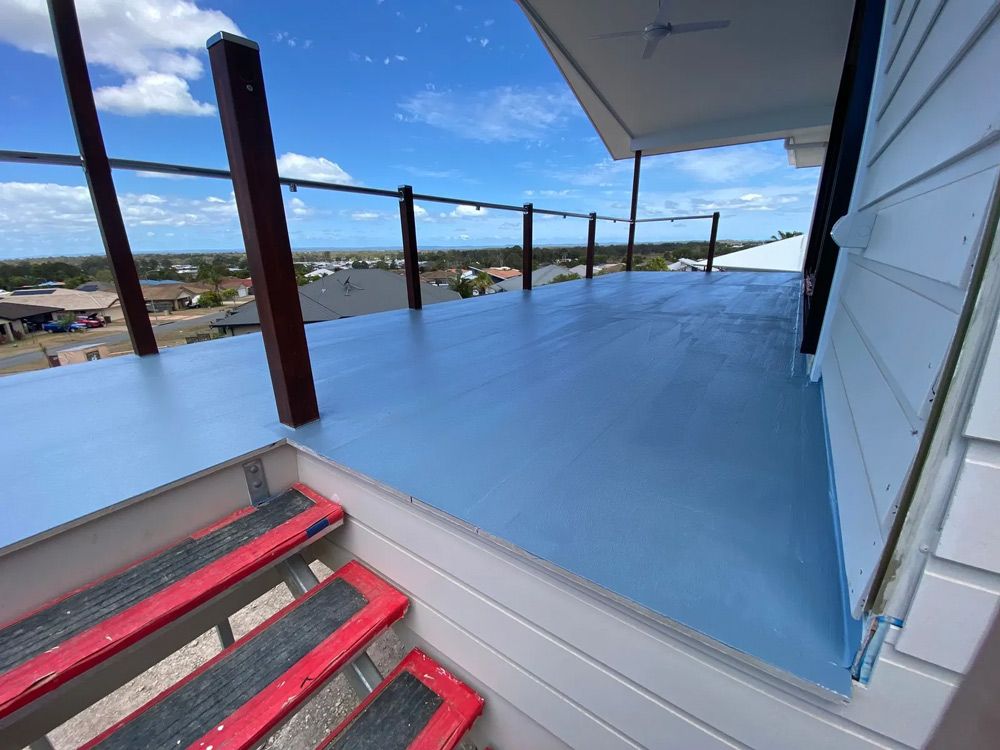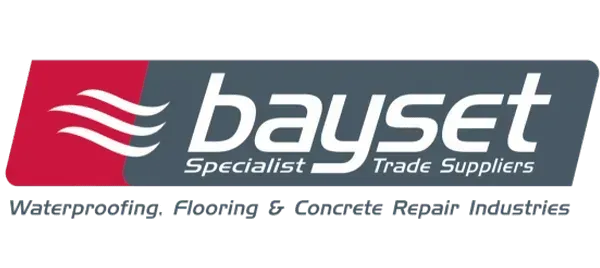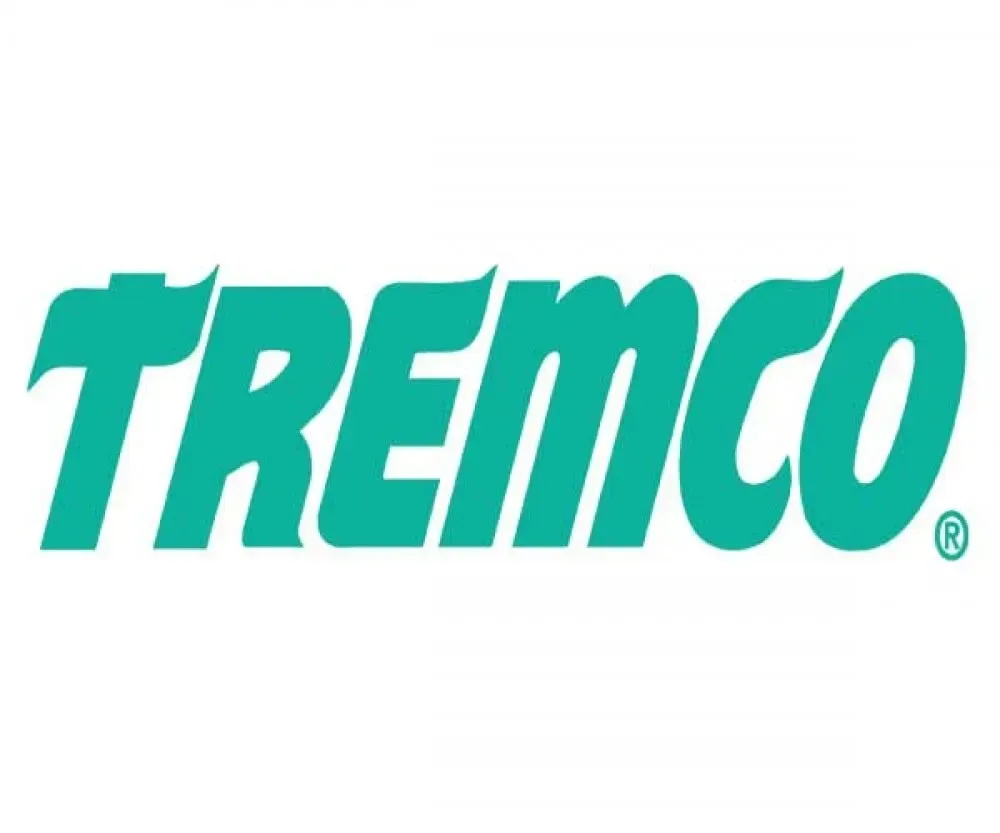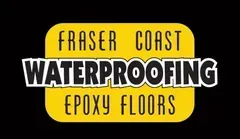Waterproofing Vs Damp Proofing: What's The Difference?

Moisture in buildings is one of those silent issues that can evolve into major structural concerns if not addressed early. For homeowners planning a renovation, building a new property, or solving persistent moisture problems, the choice between waterproofing and damp proofing can feel confusing. While they might sound similar, these two processes serve very different purposes. Knowing which one is right for your situation could be the difference between a dry, durable home and costly future repairs. This blog explores the essential differences between waterproofing and damp proofing so you can make informed decisions when protecting your property.
Purpose: Preventing Water Ingress Vs Moisture Control
Both waterproofing and damp proofing are designed to protect structures from unwanted moisture, but the distinction lies in how they do so.
Waterproofing is a high-grade moisture barrier that prevents water and vapour from penetrating walls or foundations, even under hydrostatic pressure. On the other hand, damp proofing resists moisture infiltration through capillary action but is ineffective against standing water.
Key Differences:
- Waterproofing blocks water entirely, even under pressure.
- Damp proofing reduces moisture movement but doesn’t stop water intrusion.
- Waterproofing is used in areas exposed to heavy rain, flooding or ground moisture.
- Damp proofing is better for general moisture resistance in walls above ground level.
Application Areas: Internal Vs External Solutions
Another point of difference is where and how these systems are applied. Waterproofing is typically used in high-risk zones where water accumulation is likely. Dampproofing is applied in areas that require general protection from dampness but not complete water exclusion.
Common Areas for Application:
- Waterproofing:
- Basements & below-ground foundations
- Rooftops, balconies & wet areas like bathrooms
- Retaining walls & lift pits
- Damp Proofing:
- Interior walls in above-ground areas
- Brickwork & plastering
- Areas not exposed to constant or heavy moisture
Materials Used: Membranes Vs Coatings
The materials used in each process highlight the difference in their performance levels. Waterproofing uses more robust and flexible materials that form continuous, impermeable barriers. Damp proofing, by contrast, generally uses less advanced coatings.
Common Materials:
- Waterproofing:
- Bituminous or sheet membranes
- Liquid-applied membranes
- Cementitious products with added polymers
- Damp Proofing:
- Bituminous coatings or paints
- Silicate-based sealers
- Damp-proof courses (physical or chemical barriers in masonry)
Level Of Protection: Total Barrier Vs Moisture Resistance
If you’re dealing with moisture-laden soils or structures exposed to persistent rainfall, damp proofing won’t offer sufficient protection. It’s only resistant to moisture, not impermeable. Waterproofing is engineered to withstand direct contact with water.
Protection Summary:
- Damp proofing offers basic moisture resistance.
- Waterproofing creates a total barrier against water ingress.
- Damp proofing may still allow vapour or seepage under pressure.
- Waterproofing is essential for areas prone to leaks or flooding.
Building Code Compliance: What Does The Law Require?
Whether you’re constructing a new property or renovating an existing one, moisture control methods like waterproofing and damp proofing must often meet certain building regulations. These rules ensure that structures remain safe, durable, and resistant to water-related damage.
Regulatory Differences:
- Waterproofing is generally required in areas exposed to frequent or prolonged moisture, such as bathrooms, kitchens, and external balconies.
- Damp proofing may be acceptable for less critical areas, especially those above ground, with minimal moisture exposure.
- Failure to meet these requirements can result in long-term issues such as mould growth, weakened structural elements, and costly repairs.
Always check with your builder or local authority to ensure your project meets the necessary standards.
Installation Methods: Professional Precision Vs Basic Application
Installing waterproofing correctly requires detailed planning, preparation and execution. Mistakes in the application can lead to complete failure. Damp proofing is generally more straightforward, often involving paint or coating application, but it may still benefit from professional attention for the best results.
Installation Considerations:
- Waterproofing:
- Requires surface preparation and professional-grade tools
- May include multiple layers and edge detailing
- Involves sealing joints, penetrations and flashings
- Damp Proofing:
- Often applied as a roll-on or brush-on coating
- Can be DIY, but is more effective when done by a trained tradesperson
- Typically used during the construction stage, not for retrofits
Cost & Durability: Upfront Expense Vs Long-term Value
At a glance, damp proofing might appear to be the more affordable solution, but it’s important to assess long-term value. While initially more expensive, waterproofing is more durable and less likely to require repairs or replacements.
Budget Breakdown:
- Waterproofing can reduce future repair costs by preventing foundational water damage.
- Damp proofing may be cheaper, but it often needs reapplication or upgrades.
- Waterproofing materials are designed for high-stress conditions.
- Damp proofing materials are not built to endure hydrostatic pressure or extreme exposure.
Best Situations For Each: Making The Right Call For Your Home
To choose correctly between the two methods, consider your property’s location, the structure’s exposure to water, and whether you’re building from scratch or retrofitting. For homes built close to the coast or in flood-prone areas, waterproofing is often the safer, longer-lasting choice.
When to Choose Each:
- Choose Waterproofing If:
- You’re building a basement, wet area, or rooftop deck
- Your home is in a high-moisture or flood-risk area
- You want the highest protection level and compliance
- Choose Damp Proofing If:
- You’re protecting masonry or above-ground walls from minor moisture
- The area is not exposed to standing water or pressure
- You’re on a tight budget but still want basic protection
Need Expert Damp Proofing In Hervey Bay? We’re Ready To Help
When it comes to managing moisture in your home, choosing the right solution is essential to protect your investment. If you’re unsure whether your Hervey Bay home needs waterproofing or damp proofing, it’s worth consulting a licensed contractor who understands the local conditions.
At Fraser Coast Waterproofing, we offer reliable waterproofing solutions in Hervey Bay. Our team understands the impact that coastal weather, high humidity and poor drainage can have on your property. Whether you’re building new, renovating a bathroom or repairing damp damage, we’re here to provide expert guidance and high-quality services.
Get in touch with us today for personalised advice and solutions. Our team is ready to help—call us today to book a consultation or service.















